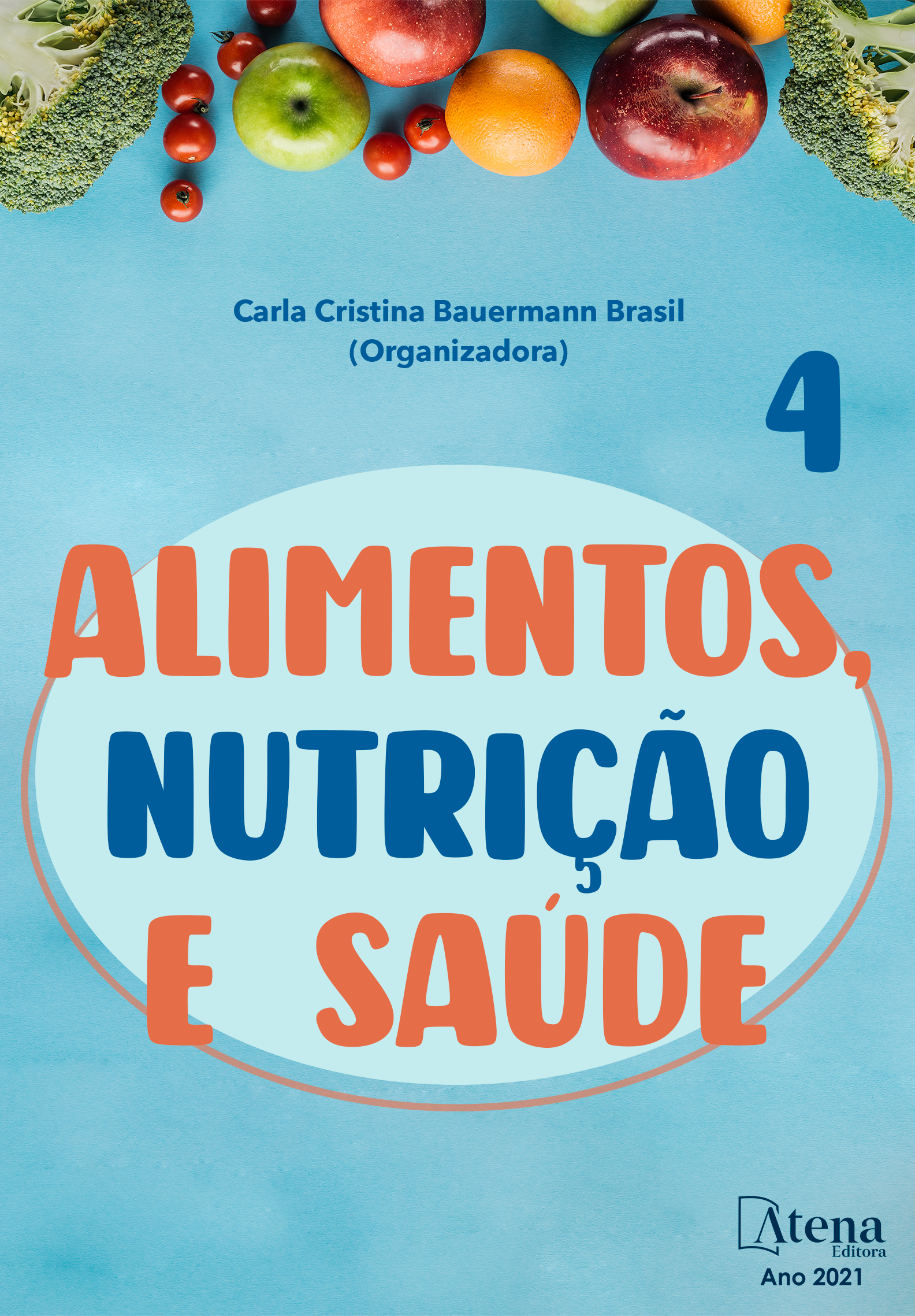
UTILIZAÇÃO DE MODELOS NÃO LINEARES NA DESCRIÇÃO DO CRESCIMENTO DE FRUTOS DE MANGA DA VARIEDADE PALMER
A manga é uma fruta polposa e apresenta variações que podem influenciar no tamanho, forma, coloração, presença de fibras, aroma e sabor. De origem asiática, ela faz parte do elenco das frutas tropicais de grande importância econômica. O Brasil se destaca como produtor e exportador desta fruta em nível mundial. O desenvolvimento adequado dos frutos da mangueira pode garantir maior produtividade da cultura. O crescimento dos frutos apresenta padrão sigmoidal o qual, pode ser modelado por modelos de regressão não linear. Estes modelos apresentam interpretação prática para os parâmetros e podem ajudar no manejo identificando as diferentes fases fenológicas. O objetivo deste trabalho é ajustar os modelos não lineares de Brody, Gompertz, Logístico e von Bertalanffy na descrição do crescimento de frutos de manga Palmer. Foi coletado o teor de massa fresca, em gramas (g), aproximadamente cinco dias após a antese e, foi finalizada quando os frutos atingiram o ponto de colheita aos cento e vinte dias, totalizando dezenove épocas de amostragens. As estimativas foram obtidas utilizando o método iterativo de Gauss-Newton e, posteriormente foi realizada a análise de resíduos em nível de 5% de significância, no software estatístico R. O método convergiu para todos os modelos, estimando parâmetros significativos. Notou-se que os modelos Gompertz e von Bertalanffy infringiram o pressuposto de homogeneidade da variância, então, neste caso, seria adequado realizar um ajuste ponderando a variância. Já os modelos Brody e Logístico não atenderam o pressuposto de independência, com isso, torna-se necessário o incremento de um parâmetro autorregressivo (AR). Ademais, para a descrição inicial destes dados, observou-se que os modelos Gompertz e von Bertalanffy forneceram ajustes adequados graficamente, ou seja, a curva predita está mais próxima das médias das observações; já o modelo Brody apresentou o pior ajuste gráfico, subestimando o início e superestimando o final do crescimento dos frutos.
UTILIZAÇÃO DE MODELOS NÃO LINEARES NA DESCRIÇÃO DO CRESCIMENTO DE FRUTOS DE MANGA DA VARIEDADE PALMER
-
DOI: 10.22533/at.ed.0202123089
-
Palavras-chave: Curvas de crescimento; Manga Palmer; Modelagem.
-
Keywords: Growth curves; Manga Palmer; Modeling.
-
Abstract:
Mango is a pulpy fruit and has variations that can influence the size, shape, color, presence of fibers, aroma, and flavor. Of Asian origin, it is part of the list of tropical fruits of great economic importance. Brazil stands out as a producer and exporter of this fruit worldwide. The proper development of mango fruits can guarantee greater productivity of the crop. Fruit growth has a sigmoidal pattern, which can be modeled by non-linear regression models. These models have a practical interpretation for the parameters and can help in the management by identifying the different phenological phases. The objective of this work is to adjust the nonlinear models of Brody, Gompertz, Logístic, and von Bertalanffy in describing the growth of Palmer mango fruits. The fresh mass content, in grams (g), was collected approximately five days after anthesis and was completed when the fruits reached the point of harvest at one hundred and twenty days, totaling nineteen sampling periods. The estimates were obtained using the Gauss-Newton iterative method and, subsequently, the residual analysis was performed at a level of 5% of significance, in the statistical software R. The method converged for all models, estimating significant parameters. It was noted that the Gompertz and von Bertalanffy models violated the assumption of homogeneity of variance, so in this case, it would be appropriate to make an adjustment by weighting the variance. The Brody and Logistic models, on the other hand, did not meet the assumption of independence, therefore, it is necessary to increase an autoregressive parameter (AR). Furthermore, for the initial description of these data, it was observed that the Gompertz and von Bertalanffy models provided adequate adjustments graphically, that is, the predicted curve is closer to the mean of the observations; the Brody model presented the worst graphic adjustment, underestimating the beginning and overestimating the end of fruit growth.
-
Número de páginas: 10
- Isolina Aparecida Vilas Bôas
- Henrique José de Paula Alves
- Tales Jesus Fernandes
- Felipe Augusto Fernandes


